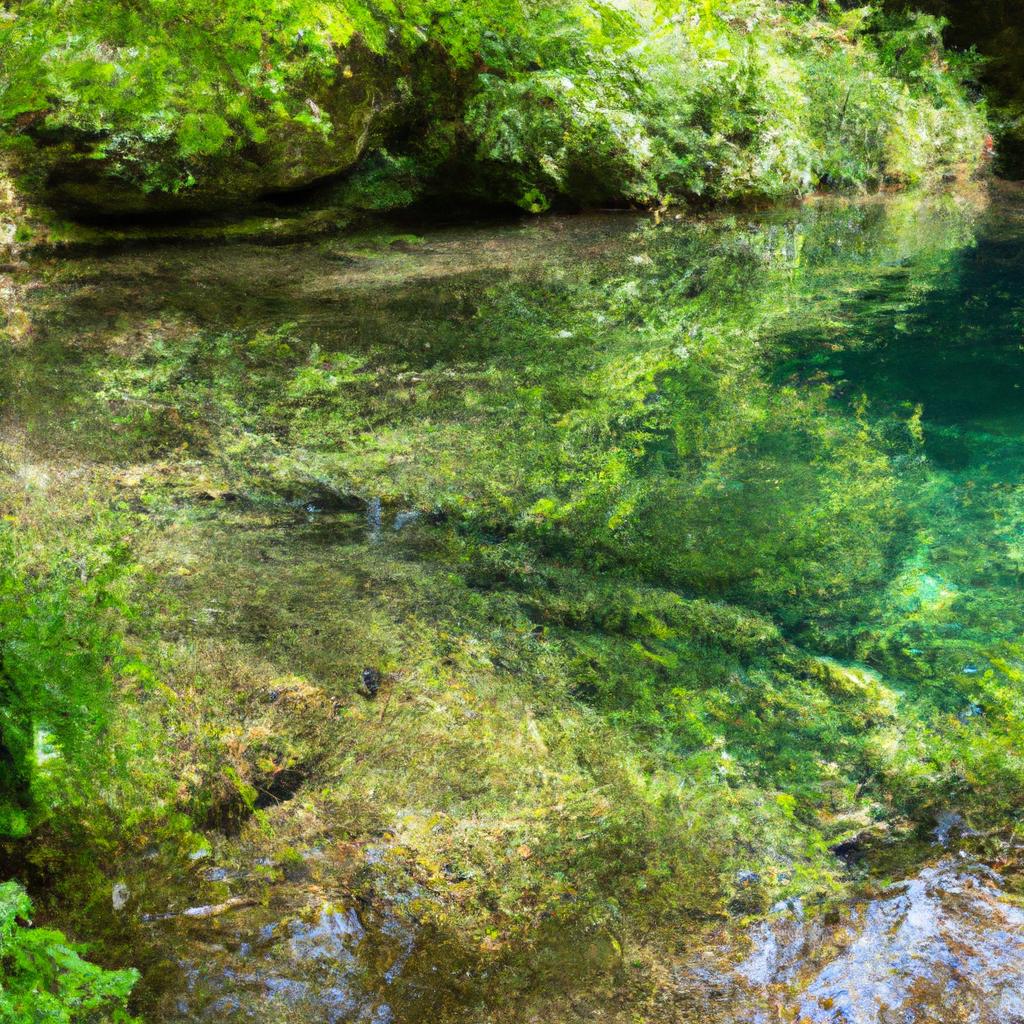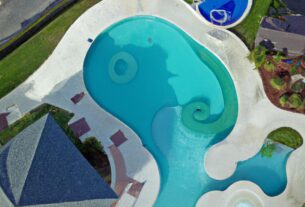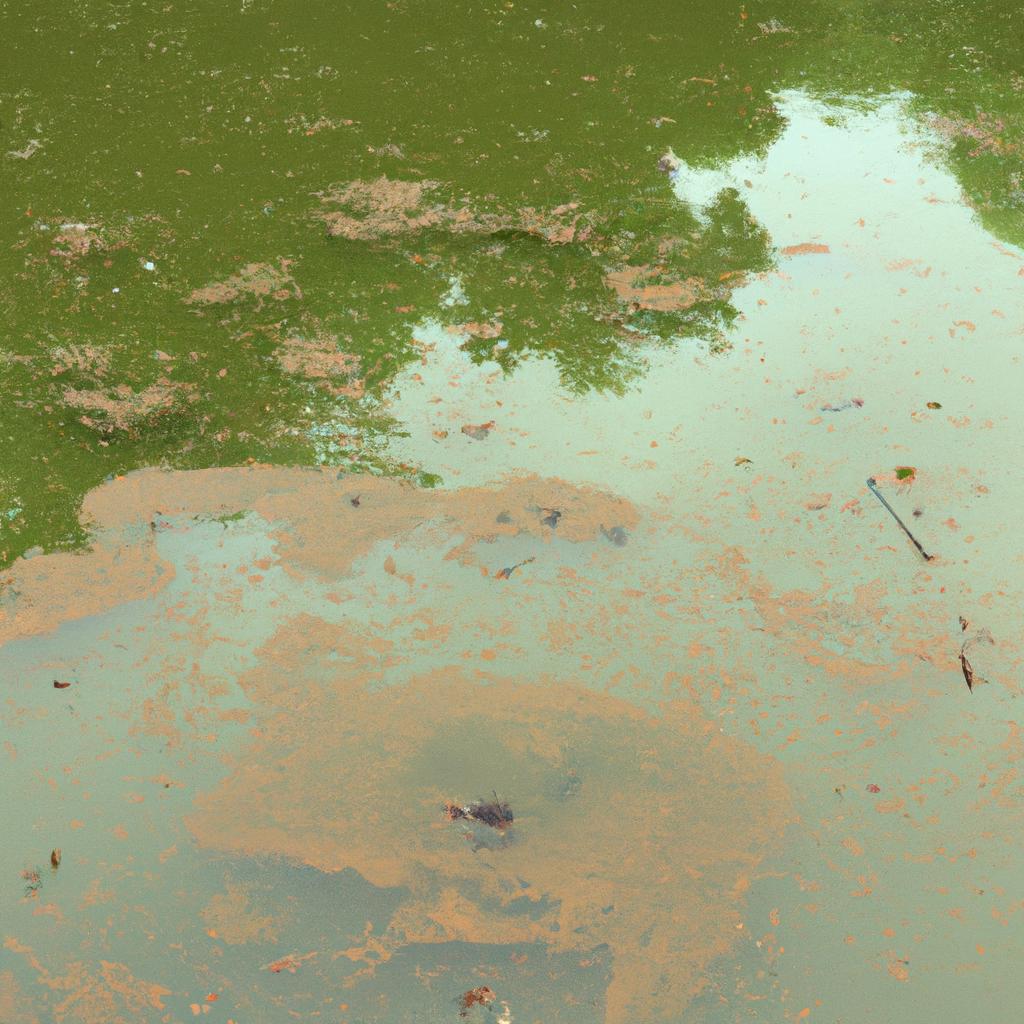
When we think of ponds, we often imagine a serene body of water nestled in nature. However, what truly enhances the beauty of a pond is its color. The hue of a pond can reveal a lot about its health and vitality. In this article, we will explore the significance of pond color and discuss the factors that can affect it.
Pond Color Defined
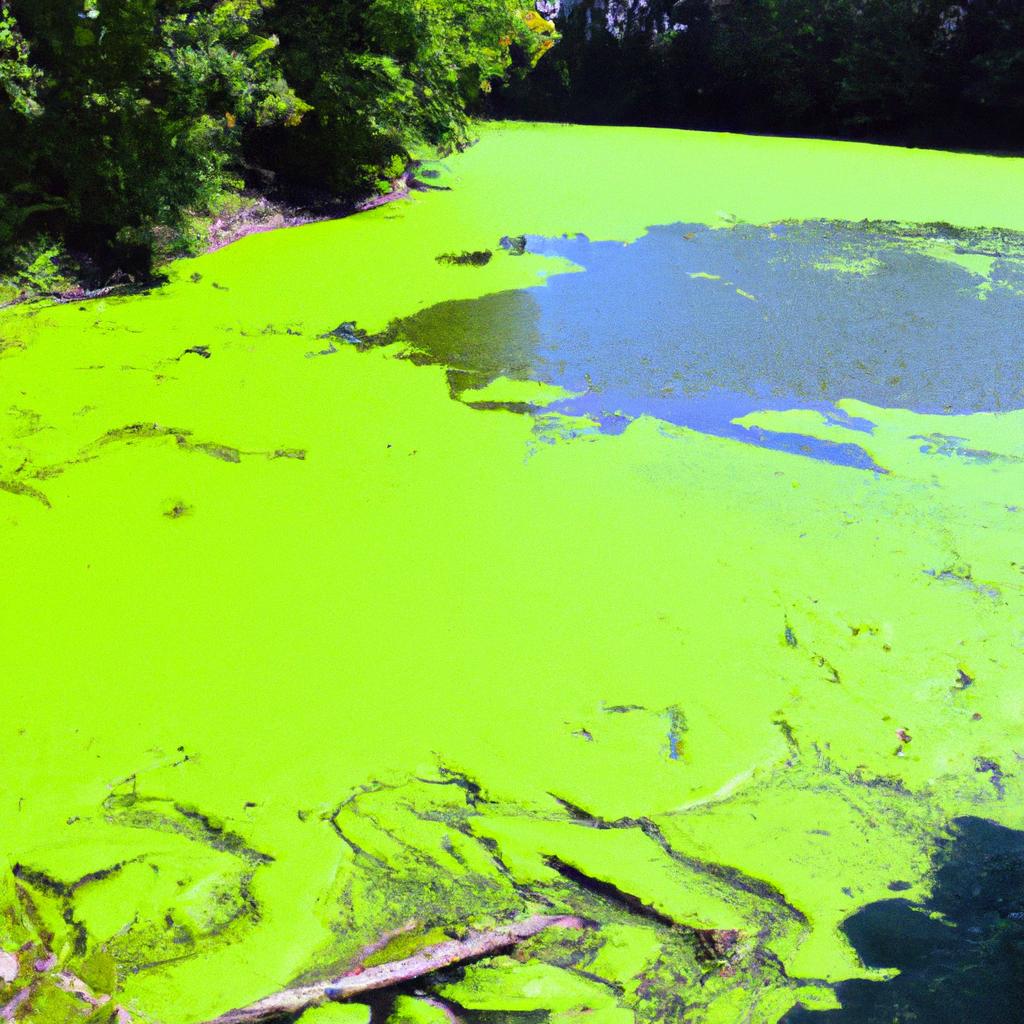
Pond color refers to the shade of the water in a pond, ranging from crystal clear to murky brown or green. The color is determined by both natural and man-made factors.
The Importance of Pond Color
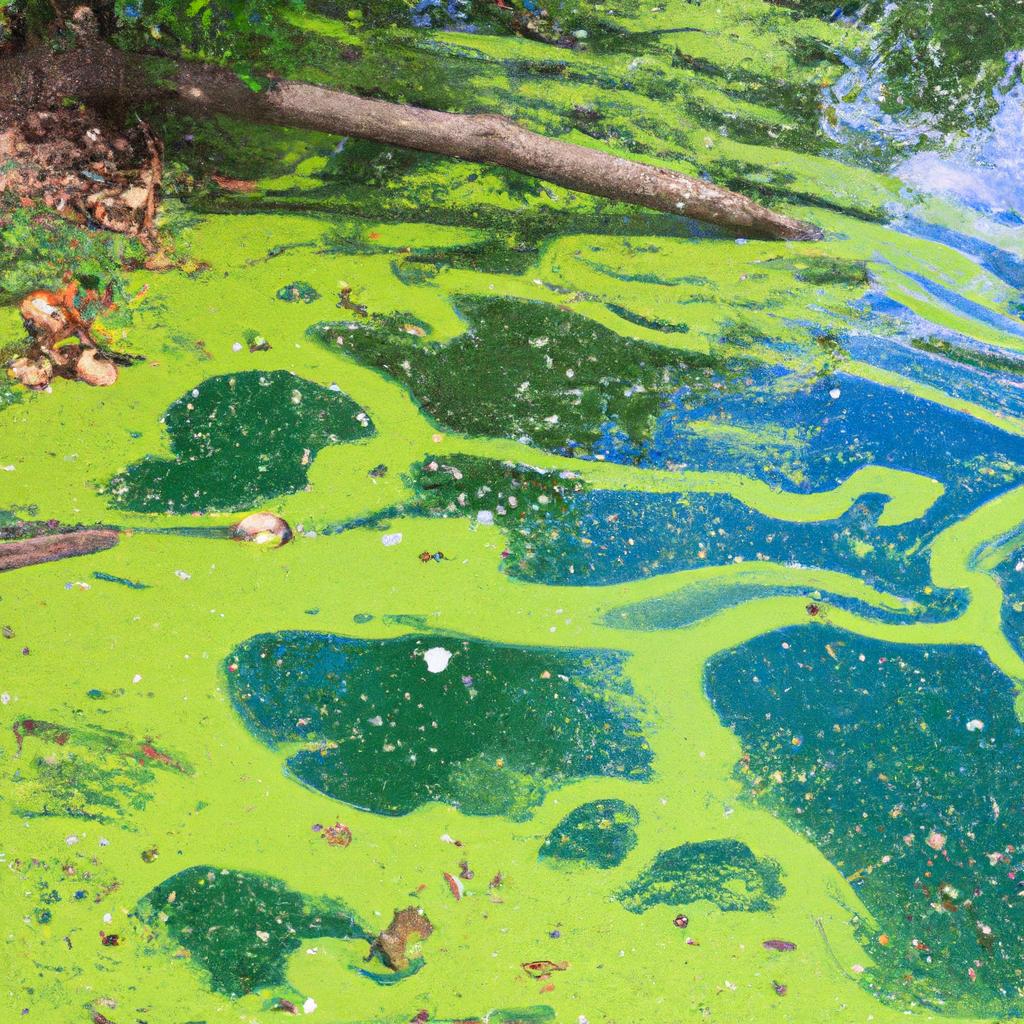
Maintaining a healthy pond color is crucial for the overall well-being of the pond. A pond with a healthy hue is not only visually pleasing but also indicates a balanced ecosystem. The color of the water provides insight into the pond’s water quality, which is essential for the survival of fish and other aquatic life.
Exploring Factors Affecting Pond Color
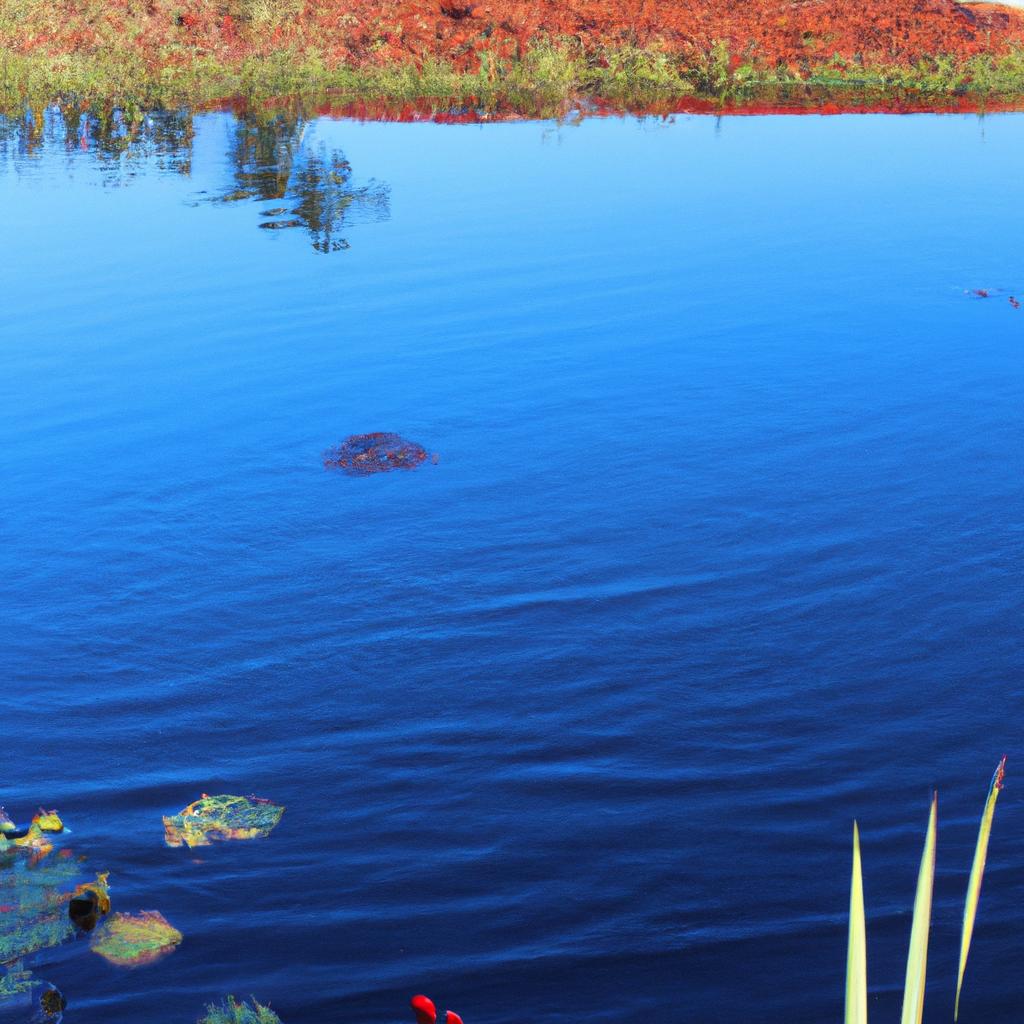
Pond color can be influenced by various factors, both natural and man-made. Let’s delve deeper into these factors and their impact on pond color.
Natural Factors
Sunlight
Sunlight plays a crucial role in pond color. The intensity and duration of sunlight affect the growth of plants and algae, which can ultimately impact the color of the water. Excessive sunlight exposure can lead to green or brown water due to an overgrowth of algae.
Weather
Weather conditions also play a significant role in pond color. Heavy rainfall can cause water to become murky and brown due to sediment and debris influx. Conversely, drought conditions can lead to a drop in water levels, concentrating nutrients and resulting in algae blooms.
Depth
The depth of a pond can influence its color. Shallow ponds tend to be warmer, promoting algae growth. In contrast, deeper ponds have cooler water with reduced sunlight penetration, limiting the growth of algae.
Location
The location of a pond can also impact its color. Ponds located in areas with high runoff or pollution levels may experience water discoloration caused by sediment, nutrients, and pollutants.
Man-Made Factors
Chemical Treatments
Chemical treatments can alter pond color. The use of algaecides and herbicides can control the growth of unwanted plants and algae, improving water clarity and color. However, the improper use of these chemicals can harm fish and other aquatic life.
Fish Stocking
The presence of fish in a pond can impact its color. While fish can help control algae growth, an excessive number of fish can lead to overfeeding and an excess of nutrients, causing algae blooms and discoloration.
Fertilization
Fertilization can affect pond color as well. The use of fertilizers promotes the growth of desirable plants, but excessive fertilization can lead to algae overgrowth and water discoloration.
Algae Growth
Algae growth is a significant man-made factor affecting pond color. Algae blooms can turn water green or brown, and in severe cases, lead to oxygen depletion and fish kills. Proper management of algae growth is crucial for maintaining a healthy pond color.
Common Pond Color Problems
No matter how well-maintained your pond is, there are common color problems that may arise. Here are a few of the most common pond color issues:
A. Green Water
Green water is caused by an overgrowth of algae in the pond. Algae thrive in warm, nutrient-rich water and can quickly take over a pond if not properly managed. Green water is not only visually unappealing but can also cause oxygen depletion, leading to fish kills.
B. Blue-Green Algae
Blue-green algae, also known as cyanobacteria, can give the water a blue-green or reddish-brown tint. This type of algae is toxic to humans and animals, causing skin irritation, nausea, and even liver damage if ingested.
C. Muddy Water
Muddy water is a result of suspended sediment and debris in the pond. Heavy rainfall or runoff can cause this issue. Muddy water makes it difficult for aquatic plants to grow and can lead to oxygen depletion.
D. Murky Water
Murky water is caused by a buildup of organic matter, such as leaves, dead plants, and fish waste. This not only affects the visual appeal but also leads to oxygen depletion and the formation of harmful gases.
By understanding these common pond color problems and their causes, you can take proactive measures to prevent or treat them.
Tips for Achieving and Maintaining a Healthy Pond Color
Maintaining the right pond color is essential for the pond’s health and aesthetics. Here are some tips to help you achieve and maintain a healthy pond color:
Regular Water Testing
Regularly test your pond water to ensure it falls within the appropriate pH range. Most ponds thrive when the pH is between 6.5 and 8.5. Water testing will also help you detect any imbalances in your pond’s water chemistry, allowing you to take prompt corrective measures.
Proper Use of Chemical Treatments
When using chemical treatments, it’s crucial to follow proper guidelines. Overuse or incorrect use of chemicals can harm the pond’s ecosystem. Consult with a professional to understand the best chemicals to use and the appropriate amount needed to achieve the desired result.
Strategic Fish Stocking
Strategic fish stocking ensures a healthy balance in your pond’s ecosystem and color. Fish waste contains nutrients that promote algae growth, which leads to an unhealthy green pond color. Maintaining the right balance of fish helps prevent excessive waste and imbalance or an overgrowth of algae.
Regular Maintenance
Regular maintenance is vital for achieving and maintaining a healthy pond color. Remove debris such as fallen leaves, branches, and dead plants from the pond regularly. Manage water levels to prevent algae overgrowth and stagnant water. Ensure your pond’s filtration system is functioning correctly and clean it regularly.
By following these tips, you can achieve and maintain a healthy pond color. Regular maintenance and care will keep your pond looking beautiful and vibrant.
For more information on pond care and maintenance, visit TooLacks.
